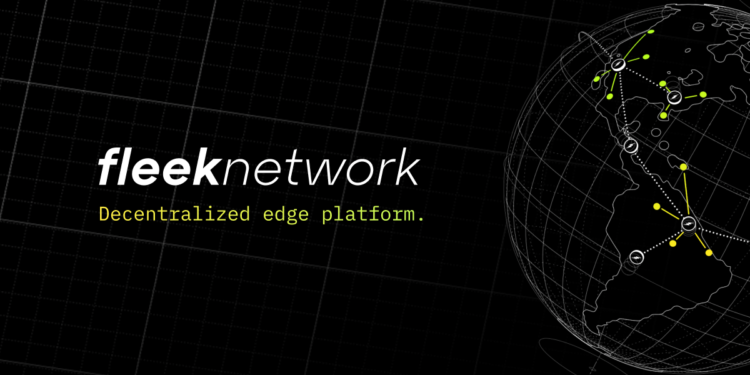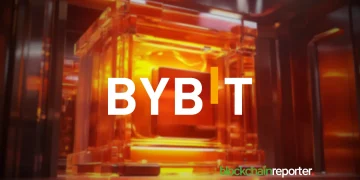Fleek Network’s vision of a decentralized edge network for Web3 is coming into focus with the public release of a whitepaper outlining the forthcoming offering, which is billed as a “significant building block” for developers.
With its decentralized edge platform, Fleek Network says it’s building an essential infrastructure layer for Web3 dApps that will ensure decentralization does not have to be sacrificed to obtain the necessary level of performance and low-latency that users demand.
In an interview, Fleek co-founder and Chief Executive Officer Harrison Hines said the modern web is based on microservices that are accelerated by an edge or content delivery network. These networks are what’s responsible for the blazing-fast loading speeds most people take for granted. They reduce latency and improve the performance of applications by serving content from a geographic location that’s as close as possible to the end user.
“Every developer, and not just those in Web3, needs a performant edge or CDN to meet the fast loading demands of modern web users,” Hines explained. “The goal is to reduce latency by performing the work as close to the end user as possible.”
Research from Google underscores the critical nature of low-latency connectivity, Hines said. According to Google, the chances of a bounce – which is when someone visits a website and immediately exits it – increases by 32% if a page takes between one and three seconds to load, and rises to 90% when the load time stretches to five seconds.
The challenge for dApp developers is that Web3 doesn’t have a native, decentralized edge infrastructure of its own.
“Right now Web3 developers are forced to either try to build these performance optimizations themselves, which is very difficult, or use a Web2 performance layer like Cloudflare, which compromises their decentralized values and the resiliency, availability, and censorship resistance of their protocols and applications,” Hines said.
Fleek Network’s decentralized edge is planned to launch in testnet at the end of August. When it does, it will enable Web3 developers to build highly performant dApps and services without relying on centralized CDN providers like Cloudflare, eliminating the risks outlined by Hines.
The protocol design ensures work performed by Fleek Network nodes will be determined based on their geographic location and performance-based reputation score. The whitepaper also describes other key attributes, such as stateless execution, a VM-less core, content addressing and performance optimizations.
Fleek Network’s edge layer builds upon its original concept for a decentralized CDN. Critically, it introduces a new protocol architecture that enables it to support additional use cases such as serverless functions, server-side rendering, container orchestration and various database functions.
“Edge Networks are an evolution of the concept and success of CDNs,” Hines said. “We just realized that with a few tweaks to our initial CDN research and protocol architecture, we could support not just CDN but a wide variety of valuable edge services that anybody could build. The changes allow us to serve a much wider market and offer many more potential use cases and parts of the infra stack.”
The task of building up a globe-spanning edge infrastructure would normally be a mammoth undertaking, but the beauty of Fleek’s network is it encourages users to contribute their own resources that are already in place. Users who run nodes and perform work on the network, such as serving content or running compute jobs, are incentivized with fees. When the mainnet launches, anyone who wants to will be able to run Fleek’s node software and stake FLK tokens to support the network.
“The other way to participate is by building or utilizing edge services on the network,” Hines added. “It’s similar to how people build and utilize smart contracts on platforms like Ethereum, with the difference being services on Fleek Network would be primarily decentralized web services.”
Alongside the release of its whitepaper, Fleek Network is making its protocol available from a new, open-source GitHub repository. The testnet launch is planned for the end of August, and will be followed by the addition of new functionality, building towards a full feature-complete testnet in the fall. The mainnet will then come online by Q4 2023 or Q1 2024.























